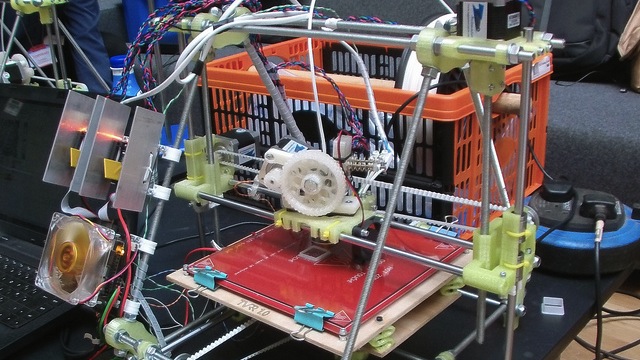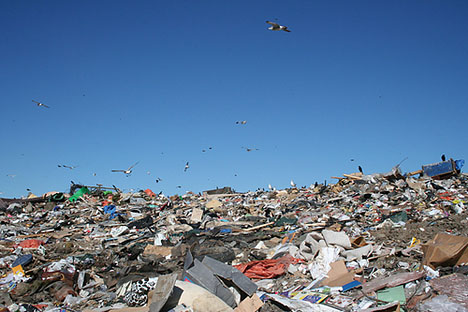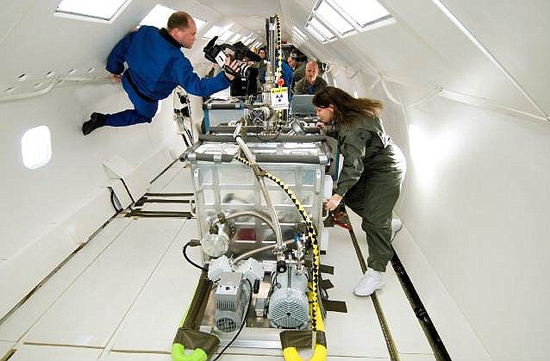Welcome to this week’s 21st Century Technology headlines. Each week I select a few interesting stories about technological innovation that more often helps rather than hurts the planet as we humans tackle the problems we face this century. As always I encourage you to comment, ask questions and provide input on topics I write about or feature.
This week I look at technology headlines in the fields of agriculture, biomedicine, climate change, energy, and space. Enjoy the read.
Agriculture Update: “Urbanana” Brings Tropical Vertical Farms to Paris
Greenhouse vertical urban farms are making a fashion statement in the fashion capital of the world, Paris. A French architectural company, SOA, has designed a six-storey annex-styled greenhouse that can fit between existing buildings on the main thoroughfares of the City. Called Urbanana, a combination of urban and banana, the building is designed to grow tropical fruit year round. This is not SOA’s first urban farming concept. The company has developed an Agricultural Urbanism Lab to create facilities for growing local produce in urban settings.
With over 3.5 billion of us living in cities today vertical farming is no longer an idea but a necessity, a practical solution to supplementing the feeding of urban populations.
Urbanana has been designed to be highly mechanized with plants grown in pots and rotated on moving belts to maximize light requirements. In the concept drawing below you can see how the greenhouse has been integrated into the urban landscape. Nice curb appeal!

Biomedicine Update: Developing A Drug Chemistry Replicator
Two headlines on 3D printing technology caught my eye this week. This one involves using 3D printing to create complex chemistry. The other you’ll read about a little further down.
The 3D printing research being done here is by the Cronin Group, headed by University of Glasgow’s, Lee Cronin, a chemistry professor who is adapting 3D printers to become what he calls “chemputers.”
Cronin’s goal is to use 3D printing to build complex molecular chemistry. The chemputer is a prototype that can be programmed to build complex chemicals. Most pharmaceuticals are complexes of carbon, hydrogen and oxygen along with vegetable oils and paraffin. With the chemputer, drugs can be assembled from inks that reflect the chemistry of the pharmaceutical recipe. The chemputer lays down the molecules with reliable precision. The current goal is to successfully fabricate ibuprofen. Ultimately the goal is to manufacture almost any drug using a combination of a larder of chemical-based inks with an electronic recipe book for guidance.

Climate Change Update: Will Global Warming Also Damage the Ozone Layer?
In a report published in the journal Science, Harvard University researchers are studying increased atmospheric turbulence and its impact on ozone. What they are finding is violent summer thunderstorms pull large amounts of water vapour into the stratosphere causing chemical reactions with residual atmospheric pollutants. The pollutants are the legacy of CFC (chlorofluorocarbon) prior use, the refrigerant and spray can gas containing carbon, chlorine, hydrogen and fluorine, that was banned in the 1980s because it was blamed for ozone depletion in the upper atmosphere. It was CFC use that led to today’s UV weather reports with admonishments for us to all use sun screen.
The scientists who wrote this recent report were led by Dr. James G. Anderson. They looked at risks to the ozone layer from increasing storm frequency and intensity and studied a process called convective injection where water vapour rises as high as 19 kilometers (approximately 12 miles) into the stratosphere.
The IPCC (Intergovernmental Panel on Climate Change) in its reports notes that storm frequency and intensity are byproducts of rising temperatures globally. Storms over oceans such as hurricanes and typhoons have been forecasted to become more frequent and more intense. The same is true for storms over land. Although these are not equal in intensity to hurricanes and typhoons, nevertheless they create large upwellings of moist air to rise and mix in the bone dry stratosphere.

Energy Update: Trash to Energy on the Upswing
When is urban trash a good news story? Well according to Pike Research the trash we currently dump into landfill is becoming an important energy resource. The report states that more than 800 thermal trash-to-energy facilities operate today in 40 nations. The trash to operate these facilities, however, amounts to only 11% of the total municipal waste we generate annually worldwide.
By 2022 forecasters indicate that we will be converting between 260 and 396 million tons of waste each year to produce 429 Terawatt-hours of power and heat. That will represent between 10-13% of total municipal waste.
Urban trash will reach 3 billion tons by 2022. Our trash is an untapped energy resource and represents an increasingly attractive option for cities that find landfill sites reaching capacity or closing and NIMBYism (not-in-my-backyard) push back on creating new municipal landfill sites.
The largest growth for trash-to-energy is expected in the Asia-Pacific region which is forecast to account for 54% of these projects by 2022.

Space Update: 3D Printers to Fuel Made in Space Manufacturing
Check out Made in Space, a company in the business of creating manufacturing in space for in-space consumption. The plan is – build spacecraft and habitation components in space. Do this by using 3D printers and a wide range of space compatible materials. NASA has even developed a supergoo that can be used with a prototype electron beam fabricator, seen in the picture below.
The materials of space construction include plastics, aluminium and titanium. Building for in space for use in space is different than building for space here on Earth. When we manufacture on the planet surface we have to send the finished product into space. To do that we have to construct it to withstand the forces of gravity and the stresses of a launch. When we manufacture in space for consumption in space, however, we don’t have to deal with gravity and launch stresses. As a result we can reduce mass dramatically.
A 3D printer on board with base feedstock and a CAD program could begin to manufacture almost anything needed. A 3D printer delivered to Mars wouldn’t even need feedstock. It could use the local materials to fabricate habitations for the planet’s surface.
Currently Made in Space 3D printers are being tested on parabolic flights to simulate microgravity. The next step will place a 3D printer on the International Space Station along with some supergoo and the recipe book.

A Postscript
Find an interesting technology story, an innovation that can really make a difference for humanity and the planet in the 21st century- let me know. Currently with over 2,200 readers visiting each month it is encouraging to see the growing traffic, up 300% in the last 90 days. I thank all of you for visiting and hope you keep coming back. If you like what you read here then let others know. My personal goal is to have 10,000 visitors each month by year’s end. I’m hoping you can help me get there. – Len Rosen








